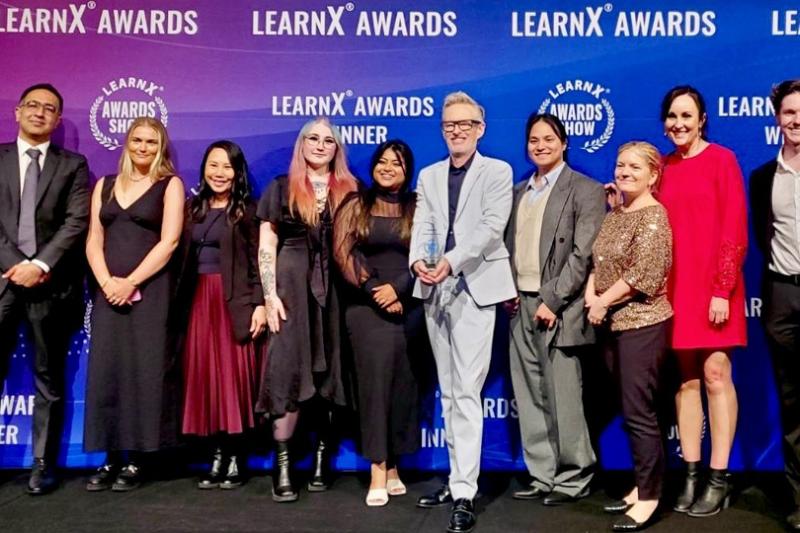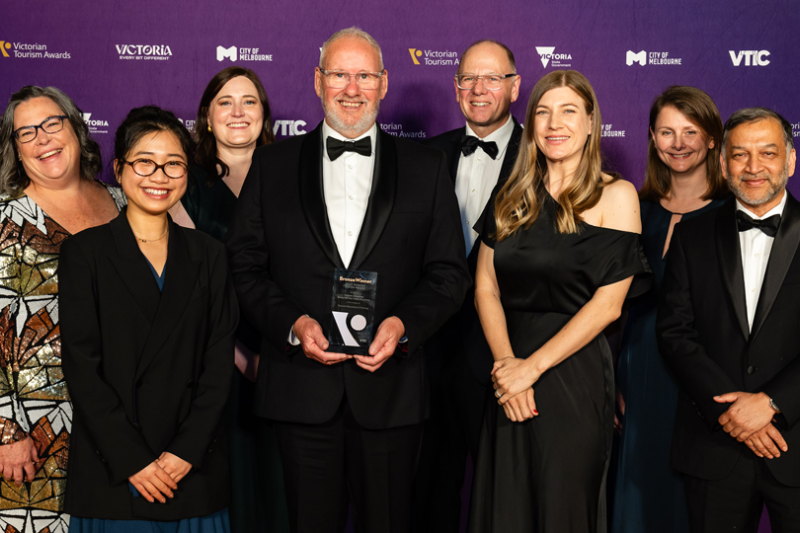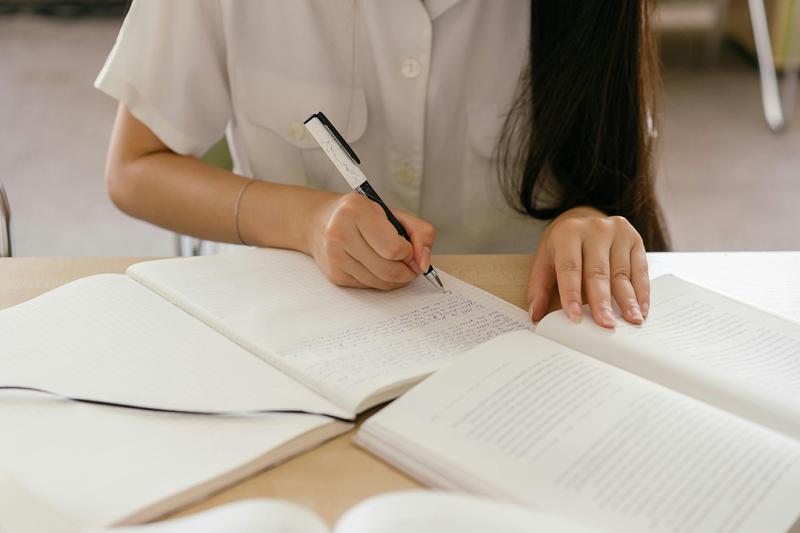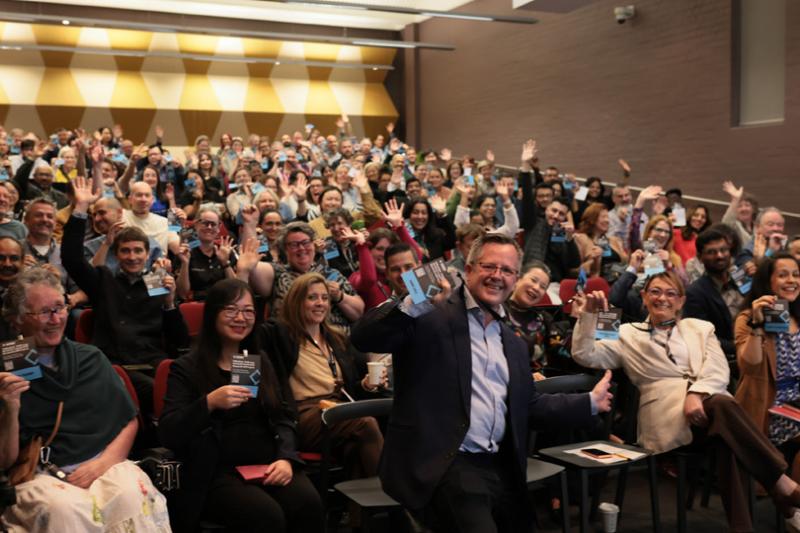Spark of an idea attracts major funding
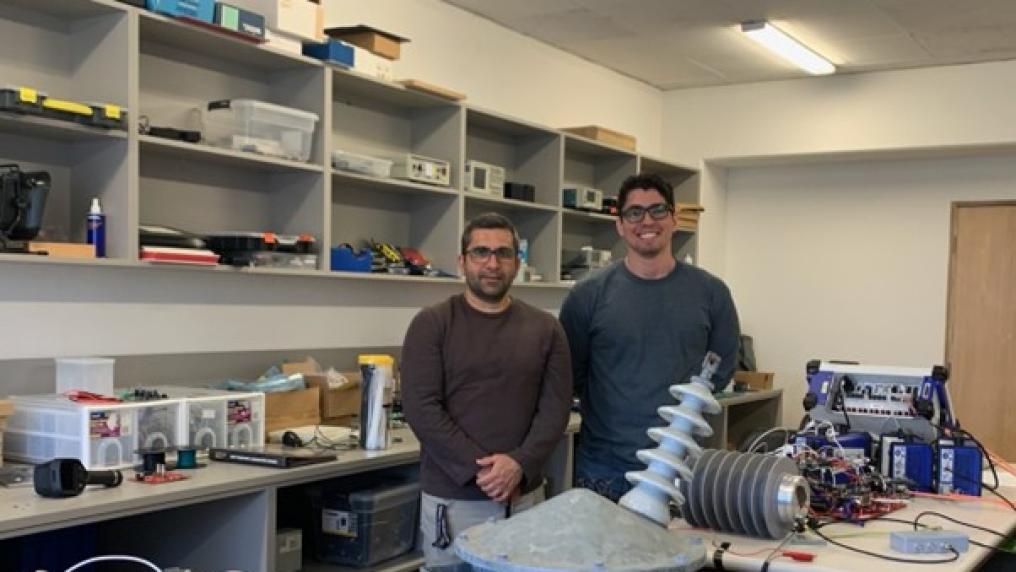
Ground-breaking research by Victoria University (VU) academics has been awarded the Department of Education’s Economic Accelerator (AEA) Innovate $900,000 grant for life saving project.
These grants are available for researchers at Australian universities to collaborate with industry to advance projects that already have laboratory proof-of-concept to commercial devices.
Lead researcher Dr Douglas Gomes and Associate Professor Cagil Ozansoy and team have developed a device that can remotely detect a powerline breakage and remove the power from the line before it can start a fire.
The first prototype was developed in 2021, and over the last several years, Dr Gomes and Associate Professor Ozansoy have tested and trialled the technology, achieving positive results.
Specifically, the tests showed that the device could remotely detect a powerline breakage and remove the power from the line before it could start a fire. The device targets networks of a particular configuration called Single-Wire Earth Return (SWER), which make up around 30,000 km of power lines in Victoria.
By properly detecting and estimating the location of the broken conductor, crews can be sent to an exact location, which means they can address the issue faster and restore the service more efficiently.
Dr Gomes said:
This generous funding will enable us to advance our technology through the critical proof-of-scale stage, a journey we are undertaking together over the next 24 months, which will bring our devices close to market and ready for scale rollout.
Dr. Gomes led the application for the AEA Innovate grant and coordinated with multiple stakeholders while creating the pathway for the technology to reach commercialisation. The grant application process involved extensive collaboration with industry partners, including Powercor, United Energy and AusNet, demonstrating strong industry support for the project.
Powercor operates the largest electricity distribution network in Victoria, servicing more than 930,000 homes and businesses in central and western Victoria, as well as Melbourne's outer western suburbs. Powercor works year-round to keep its network safe and reliable, with extensive asset and vegetation inspection and management programs covering the entirety of the network.
Powercor’s Communications Network manager Stuart Bannister said SWER made up around a third of its power network, with the SWER Broken Conductor technology adding to a suite of safety devices and technology already installed on the network.
"We are always exploring new ways to keep our network safe and reliable, and we’re excited to further progress this system, which could provide another layer of protection on SWER powerlines,"
Mr Bannister said.
The technology is designed to respond instantly if a powerline conductor breaks, sending a signal to cut the power to that line before it even hits the ground."
Powerlines can break for a range of reasons, including lightning strikes and trees or branches hitting them during extreme weather events.
At the announcement, Education Minister Jason Clare said "These investments allow our world-class universities and researchers to work on game-changing projects that are good for our economy and good for Australia. This is a strategic investment that will help to deliver the solutions we need for the challenges ahead."
Both researchers and their team are driven to work on projects that create innovative solutions. "I have been fortunate to lead and collaborate on transformative projects that address critical industry challenges, such as developing innovative technologies. This work continues to push the boundaries in the field, along with preventing life-threatening natural disasters,"
Dr Gomes said.
Professor Andy Hill, Deputy Vice-Chancellor Research & Impact, said he was proud that the work of Dr Gomes, Associate Professor Ozansoy and the team have received such a significant grant. "I warmly extend my congratulations to the team. I’m especially pleased that the grant recognises VU’s world-renowned research and supports our ongoing commitment to fostering projects that have real world impact."
Victoria secured the largest share of funding, receiving $35.6 million, followed by New South Wales ($22.7 million) and South Australia ($21.2 million). Queensland received $9 million, while Western Australia and the ACT were allocated $2.7 million and $1.9 million, respectively.
